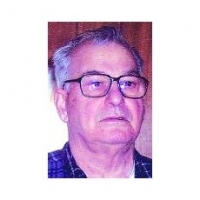William Steffe Sheet Music
 William Steffe (1830–1890), born in South Carolina, was a Philadelphia bookkeeper and insurance agent who is credited with collecting and editing the musical tune for a camp-meeting song with the traditional "Glory Hallelujah" refrain, in about 1856. It opened with "Say, brothers, will you meet us / on Canaan's happy shore?" The tune became widely known.
William Steffe (1830–1890), born in South Carolina, was a Philadelphia bookkeeper and insurance agent who is credited with collecting and editing the musical tune for a camp-meeting song with the traditional "Glory Hallelujah" refrain, in about 1856. It opened with "Say, brothers, will you meet us / on Canaan's happy shore?" The tune became widely known.Early in the American Civil War, this tune was used to create the Union army marching song "John Brown's Body", which begins with the lyrics "John Brown's body lies a-mouldering in the grave, but his soul goes marching on."
In November 1861, Julia Ward Howe, having heard this version, used the tune as the basis of her new verse, later known as "The Battle Hymn of the Republic".
 Sheet Music Port is a site for those who wants to access popular sheet music easily,
letting them download the sheet music for free for trial purposes.
It's completely free to download and try the listed sheet music, but you have to delete the files after 24 hours of trial.
Don't forget, if you like the piece of music you have just learned playing,
treat the artist with respect, and go buy the original sheet music.
Sheet Music Port is a site for those who wants to access popular sheet music easily,
letting them download the sheet music for free for trial purposes.
It's completely free to download and try the listed sheet music, but you have to delete the files after 24 hours of trial.
Don't forget, if you like the piece of music you have just learned playing,
treat the artist with respect, and go buy the original sheet music.

